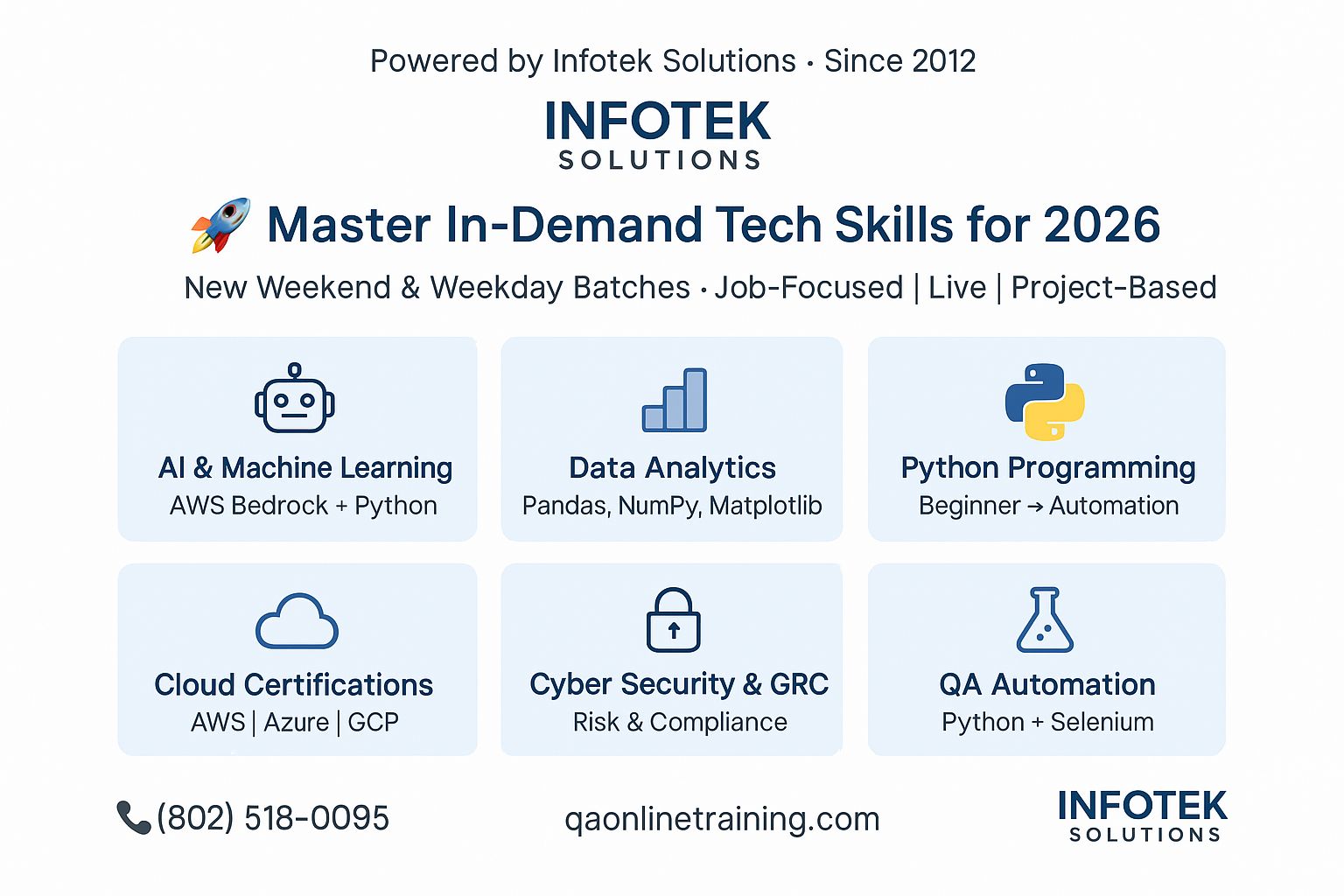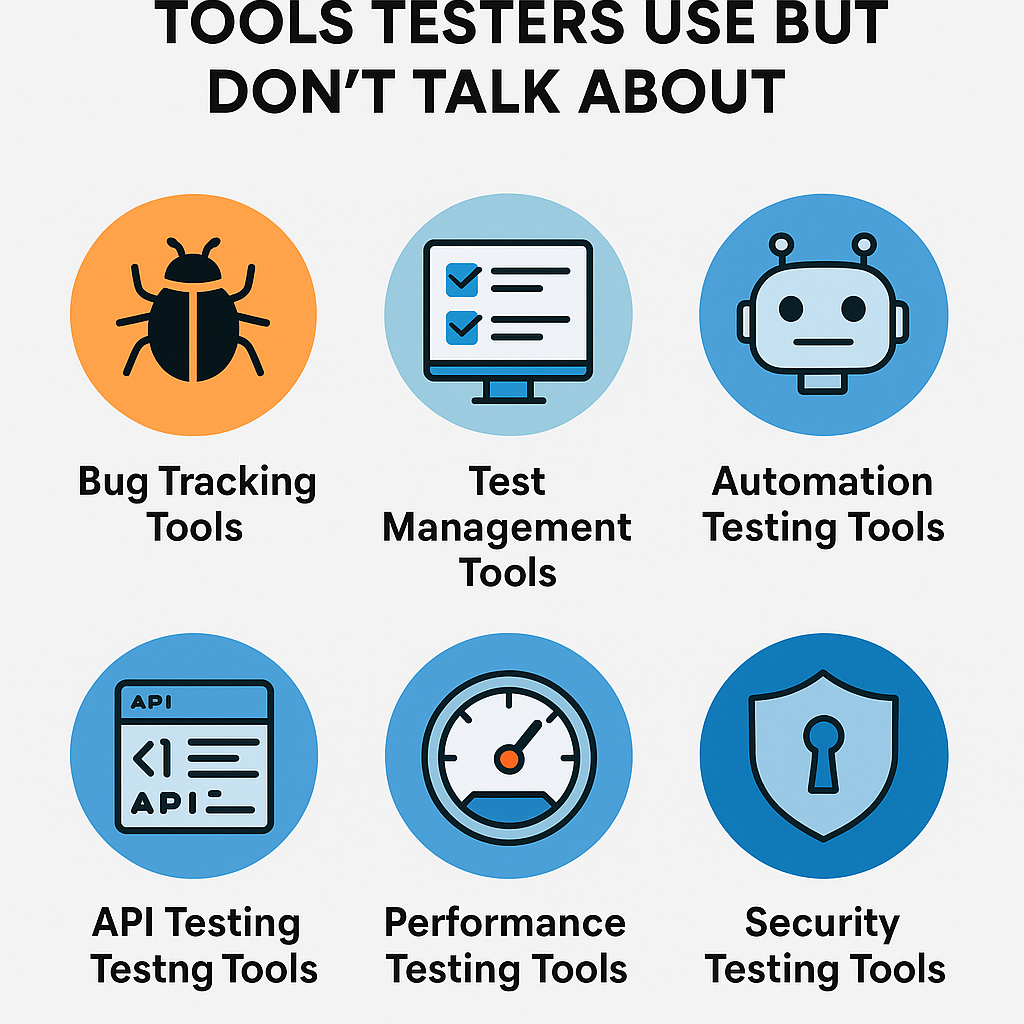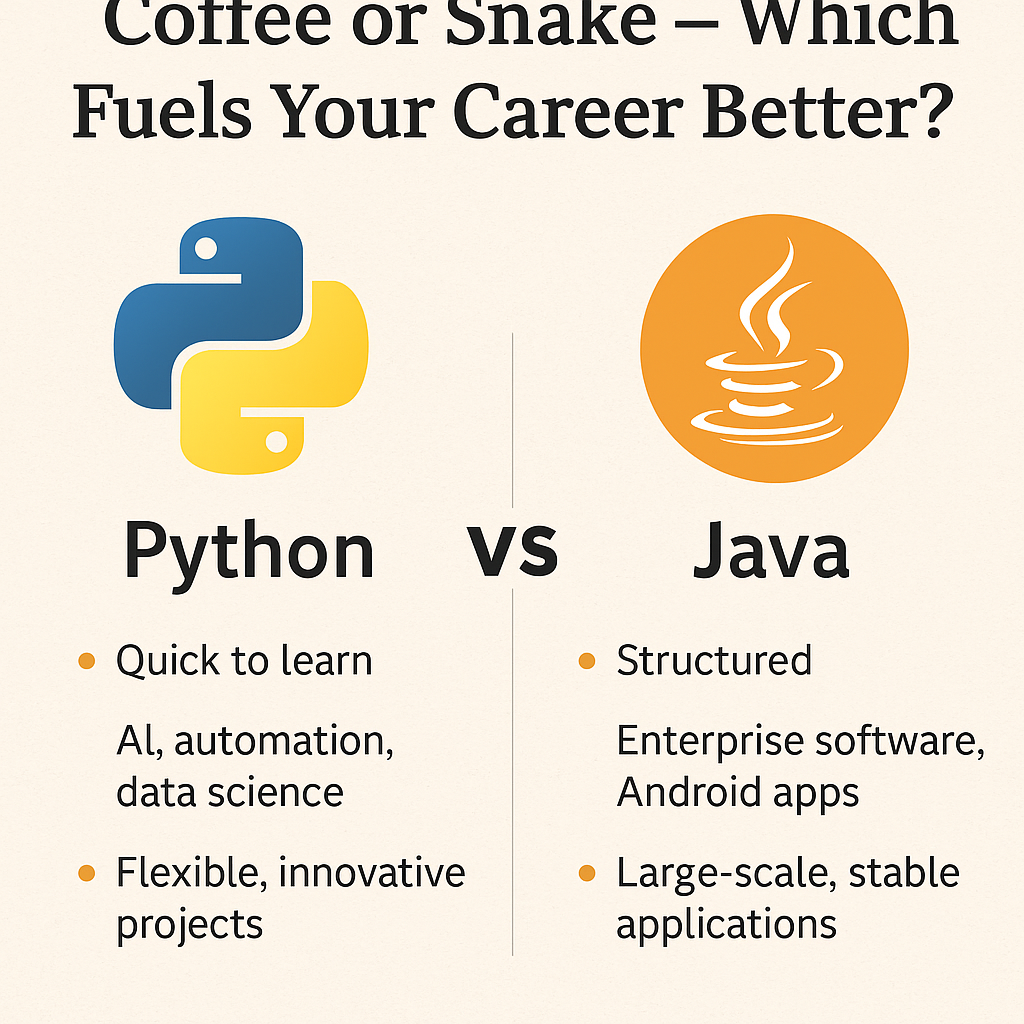Everything around us is changing at a rapid pace and the tech sector is experiencing unparalleled growth in automation. If you’re just about to graduate or thinking about starting a career in technology, learning automation programming will help you get great paying jobs. The most important question however is, where do you start, and why is 2025 looking like the year to do it?
In this article, we’re going to discuss what makes automation such a pivotal technology, where to get started, and explain why Java and Python are some of the best options for automating tasks.
Why is Automation Programming Important in 2025?
1. The Growth of Automation in Industries
Automation is not just a niche term; it’s a staple. Businesses from the healthcare industry to online shopping platforms use automation in order to cut down costs, improve efficiency, and increase speedy results.
For example, Amazon: The company uses automation to make sure there is proper functioning in all warehouses and on the website. It successfully manages millions of orders daily.
2. Increased Job Opportunities
This development from manual testing to automation makes such positions as QA Automation Engineer and SDET (Software Development Engineer in Test) very marketable.
3. Competitive Salaries
As their skill set is usually specific and unique, these experts in automation often take home higher wages. With more companies adopting new technology, there is no question that pay for automation testing and DevOps will soar. We will examine salary statistics later on.
4. Global Impact
The USA is not the only one adopting such technology solutions, as many countries in Europe, Asia, and the Middle East are increasingly purchasing automation tools and frameworks.
Java vs. Python: Which Should You Choose?
Both Java and Python have their strengths, but which one should you pick? Let’s break it down.
| Feature | Java | Python |
|---|---|---|
| Learning Curve | Steeper learning curve | Beginner-friendly and intuitive |
| Primary Use Cases | Enterprise-level applications | Data science, AI, DevOps, web scraping |
| Automation Frameworks | Selenium, TestNG | Selenium, Robot Framework, PyTest |
| Code Complexity | More verbose | Cleaner and more concise |
| Community Support | Strong for enterprise apps | Huge for beginners and data enthusiasts |
Why Python Stands Out
Python’s easy syntax and vast libraries make it perfect for beginners. It’s commonly used for:
- Quick scripting.
- Data scraping.
- Automated testing with frameworks like Robot Framework.
Why Java Excels
Java is ideal for large-scale applications where reliability and scalability are essential. It’s commonly used in:
- Complex enterprise systems.
- Backend development.
- Testing with Selenium and TestNG.
Step-by-Step Guide to Learning Automation Programming
Step 1: Start with the Basics
Every journey begins with a single step. Here’s how you can start:
- Learn the fundamentals of programming, including variables, loops, and conditionals.
- Understand object-oriented programming (OOP) principles, as they’re crucial for automation frameworks.
For example, here’s a simple Python script to automate a browser:
pythonCopyEditfrom selenium import webdriver
driver = webdriver.Chrome()
driver.get("https://www.google.com")
print(driver.title)
driver.quit()
This code opens a browser, navigates to Google, and prints the page title.
Step 2: Master Automation Tools
Learn popular frameworks like:
- Selenium for browser automation.
- Robot Framework for keyword-driven testing.
- PyTest for test case management.
Step 3: Work on Real-World Projects
Practice is key. Start with small projects like:
- Automating login functionality for a website.
- Testing form validations.
- Creating scripts to scrape data from websites.
Step 4: Earn Certifications
Certifications boost your resume and help you stand out. Consider enrolling in this Python Automation Course.
Step 5: Join Communities
Learning is easier when you’re not alone. Join forums, LinkedIn groups, or Slack channels for automation enthusiasts.
Salary Insights for Automation Programming
Here’s what you can expect in terms of salaries in the USA:
| Job Role | Average Salary (USA) | Why It’s Awesome | Source |
|---|---|---|---|
| Manual Tester | $55,000 – $75,000 | Great for starting your tech career | Glassdoor |
| QA Automation Engineer | $80,000 – $110,000 | Combines coding and problem-solving | BuiltIn |
| SDET (Software Development Engineer) | $110,000 – $140,000 | High demand in product-based companies | Indeed |
| DevOps Engineer (with Automation) | $120,000 – $150,000 | Perfect blend of coding and operations | Glassdoor |
Common Challenges and How to Overcome Them
1. Feeling Overwhelmed
Starting something new can be intimidating. Break your goals into smaller tasks, such as learning one framework at a time.
2. Lack of Motivation
Set clear goals and celebrate small wins. For example, if you successfully automate a test case, reward yourself.
3. Keeping Up with Technology
Automation tools evolve quickly. Stay updated by following blogs, attending webinars, and joining automation forums.
Conclusion: Why Start in 2025?
2025 is the perfect time to dive into automation programming. With industries embracing automation more than ever, your skills will be in high demand. Whether you choose Python for its simplicity or Java for its robustness, the key is to start now.
Pro Tip: Check out this Python Automation Course to fast-track your learning journey. And don’t forget to watch this YouTube Video for practical insights.












